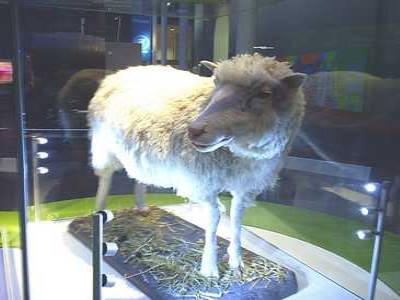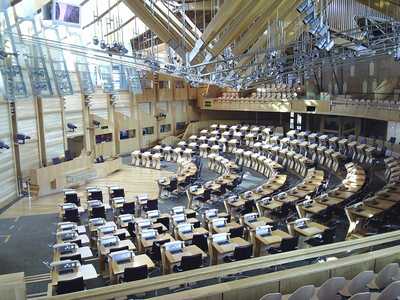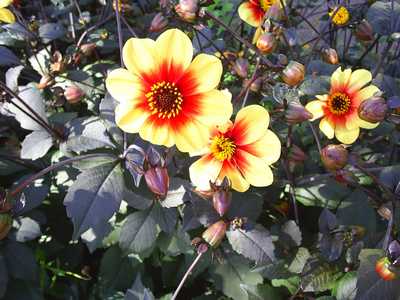Royal Mile
A Walk Down the Royal MileEsplanade and Castle HillThe LawnmarketHigh StreetThe CanongateAbbey StrandEsplanade and Castle Hill
The Castle - Start your walk from here !
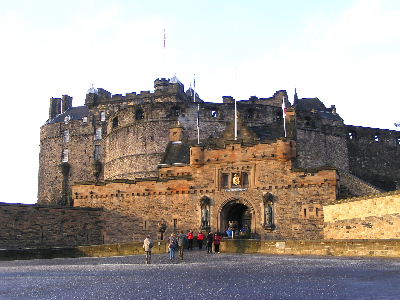
Edinburgh Castle's main entrance
The Esplanade
The Esplanade is the ceremonial parade ground lying immediately in front of the main entrance to Edinburgh Castle. Given its elevated position it commands some wonderful views over the city.
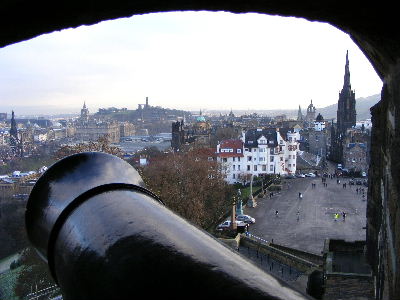
View to east from Castle over the Esplanade
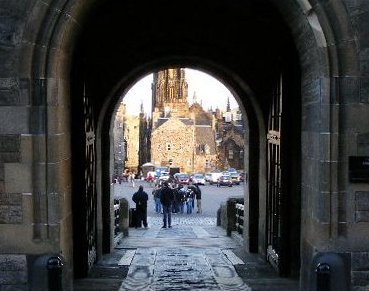
Looking out on the Esplanade through the Castle entrance
The above picture is taken from inside the main entrance to Edinburgh Castle and looks out over the Esplanade to Cannonball House.
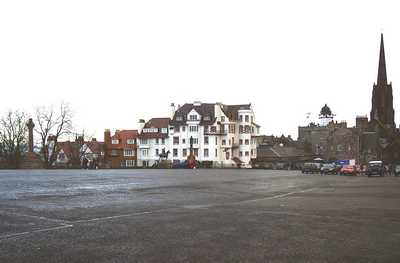
The Esplanade
Leaving from the Castle we cross the Esplanade. This ceremonial parade ground is the venue for the world famous Edinburgh Military Tattoo which takes place in August each year. Tickets for the Tattoo sell out very quickly such is its popularity. The best advice therefore is to book early.

The Esplanade is set up for the Tattoo
As you walk across the Esplanade, take time to admire the magnificent views across Edinburgh and its surrounding countryside. Also look out for some of the interesting monuments on its north side, including the grave of Ensign Ewart, a hero at the Battle of Waterloo, and the statue of Earl Haig on horseback.
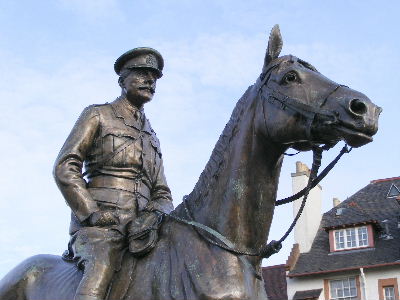
Statue of Earl Haig
Witches Well
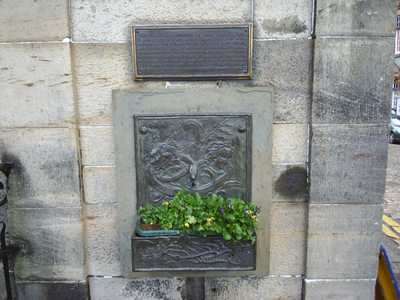
Witches Well Wall Fountain
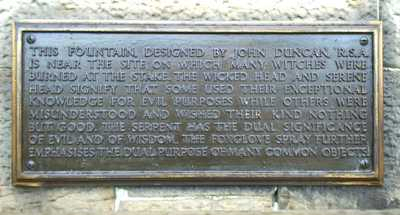
Witches Well Plaque
At the eastern end of the Esplanade you will see a small plaque and wall fountain which marks the spot close to where, between the late 15th century and the early 18th century, as many as 300 women were burned at the stake for alledgedly being witches. Often the witches were strangled first and then their bodies burned. During the 16th century more witches were burnt here than anywhere else in Scotland.
Castle Hill
Cannonball House
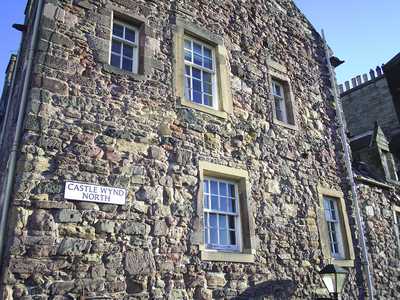
Canonball House
Cannonball House gets its name from the cannon ball which is embedded in the wall above the first-floor window which faces westwards across the Esplanade towards the castle.
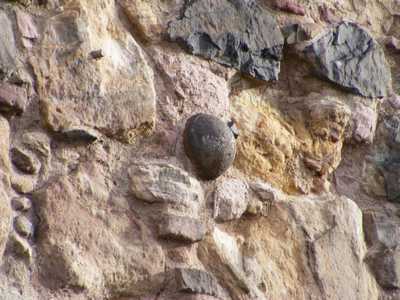
The Cannon Ball
Some tourist guides would have you believe that the cannonball was fired by government troops in the castle towards Holyrood Palace where Bonnie Prince Charlie was in residence in 1745 during the Jacobite Rebellion. However a more probable, but less romantic, explanation is that the cannon ball was actually placed there by engineers to mark the gravitational height for the first piped water supply to Castle Hill Reservoir in 1676!
The Tartan Weaving Mill
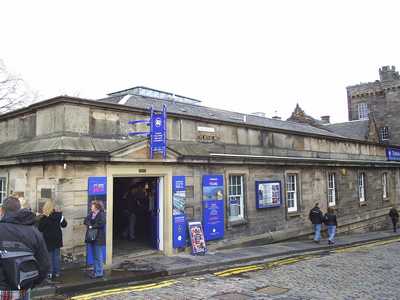
Tartan Weaving Mill
Opposite Canonball House stands the Tartan Weaving Mill. Water from Comiston Springs was first piped into Edinburgh in 1676. Replacing an older reservoir on the same site, the two million gallon tank at Castle Hill Reservoir, which supplied water to the New Town, was built in 1849 and eventually withdrawn from service in 1992. The Mill now occupies the building which housed the reservoir. Its small exterior belies the large interior which spans five floors. A free exhibition within the Mill shows the process of tartan production from shearing sheep, to making a kilt.
Camera Obscura and Outlook Tower
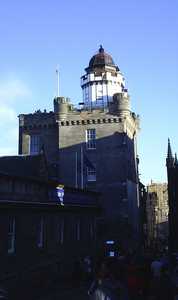
Camera Obscura
A few yards further down from the Tartan Weaving Mill stands the Camera Obscura, Edinburgh's oldest visitor attraction. Originally known as Short's Observatory, Camera Obscura in the Outlook Tower was established in the 1850's by the optician Maria Theresa Short. The camera is actually a series of mirrors which reflect high quality images of the surrounding streets onto a round screen within a small projection room. This popular attraction is nowadays coupled with the "World of Illusions".
Scotch Whisky Heritage Centre and Witchery Restaurant
Whisky is of course the "water of life" and the Scotch Whisky Heritage Centre interactive visitor attraction tells the story of 300 years of Scotch Whisky making. Visitors are able to enjoy a barrel ride through the history of Scotch Whisky, experiencing the sights, sounds and smells of whisky, and learn how the product is made.
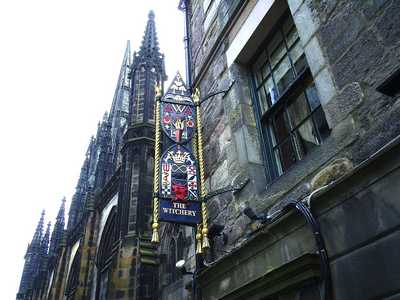
The Witchery
Situated next door to the Heritage Centre in a historic 16th century building is the exclusive and atmospheric Witchery restaurant. Synonymous with good food and wine it has catered for many celebrities over the years.
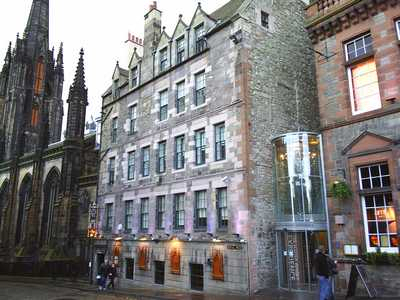
The Witchery Restaurant (L) and entrance to the Scotch Whisky Heritage Centre (R)
Tolbooth Kirk
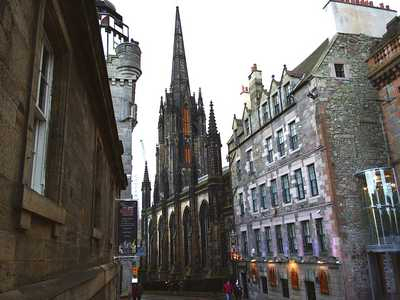
Tollbooth Kirk (The Hub)
Originally built around 1845 to house the General Assembly of the Church of Scotland, and known then as the Victoria Hall, the Tolboth Kirk has the highest steeple of all Edinburgh's churches (73m). Following a chequered history the building was acquired in 1995 as home for the Edinburgh International Festival and following major refurbishment was reopened to the public in 1999. Now known as The Hub, this spectacular building is open all year and has it's own restaurant. It is a popular venue for concerts, meetings, conferences, weddings etc.
(Note - Part of the Camera Obscura is visible to the left of the spire.)
Continue to The Lawnmarket
